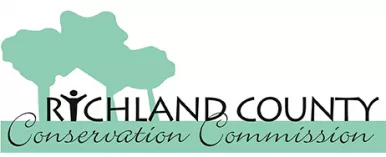1/34
South Carolina State House
1200 Gervais Street1100 Gervais Street
Constructed 1855-1907
Designed by John R. Niernsee (1854-1885); Francis (Frank) McHenry Niernsee (1888-1891); Frank P. Milburn (1900-1904); Charles C. Wilson (1904-1907)
Renovated 1995-1998
The current State House is the successor to an earlier, wood-frame, Georgian style building that stood closer to Assembly Street. Work began on the new State House in 1851. However, the foundation was determined to be defective and subsequently dismantled in 1854. After firing project architect Peter Hjalmar Hammarskold for fraud and dereliction of duty, the state hired Vienna-born John Rudolph Niernsee to revise the building’s plans and oversee the project’s completion. Work on today’s building began in 1855 with between 375 and 500 men, about 60% of whom were enslaved African Americans, and many others Irish immigrants, cutting and hauling stones from a quarry near the Congaree River. Their efforts ceased in 1861 with the start of the Civil War.
When Union forces converged on Columbia in February 1865, the unfinished State House was an easy target for Union cannoneers who bombarded it from the west bank of the Congaree River. Today, six bronze stars mark places where shells from their 20-pound Parrott guns damaged the granite walls. The intense fire that destroyed the neighboring wooden State House also cracked the basement cornice and quoins in the southwestern corner of the new State House.
In 1869, a temporary roof allowed the government – the only African American majority state legislature in the history of the United States – to finally occupy the building for the first time. More than 80 African Americans served as legislators from 1868 through 1877. After Reconstruction ended, black people were systematically eliminated from government and businesses throughout the South, especially in South Carolina. In 1970, Herbert Fielding, James Felder, and I.S. Leevy Johnson won election to the S.C. House of Representatives, the first African Americans to serve in the State House since 1902.
The exuberant interiors with cast iron details were installed in the 1880s and the porticos, steps, and dome finished at the turn of the century. Difficulties with financing and personnel plagued the building throughout its construction and the legislature declared its square footage inadequate as early as 1869, necessitating the state office buildings on the south side of Senate Street. The state legislature still meets in the historic building.
As mentioned in Historically Complex: The Podcast
Introducing Historically Complex, a new podcast on the complicated histories of key monuments on the South Carolina State House grounds -- now available to stream and download on our website or your favorite podcast service!






